The 10 Coolest Smartphones Of 2009

Can we call 2009 the year that Android arrived? Maybe so, maybe not. Google's Android mobile OS seems to have everything going for it heading out of 2009 and into 2010, but Android growth is still a work in progress and we're waiting on phones like Google's own potential blockbuster, Nexus One, to tell us whether Android is really going to explode next year.
However you want to describe 2009, smartphones continued to arrive fast and furiously throughout the year, and the market is more crowded than ever. Here's a roundup of the year's 10 coolest smartphones.
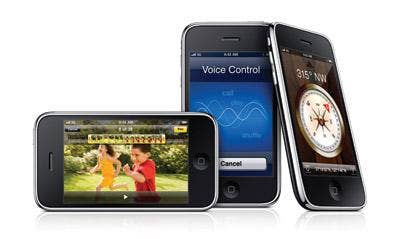
Launched: June 19
It'd be easy to anoint any number of Android devices to the No. 1 spot this year. It'd also be easy to say that the iPhone 3GS is an update to an existing smartphone that we previously saluted in past editions of this roundup. But the 3GS offers value-add in spades, from software upgrades to video capabilities. It's kept Apple's advantage up and its competition comfortably to the side, and it goes hand in hand with the explosive growth and popularity of Apple's App Store.
Sure, it hasn't yet shaken the "for consumers" label, and its growth among business enterprise users isn't eclipsing BlackBerry anytime soon. But when you consider how many and how varied are the number of companies working Apple and iPhone into their development plans -- from defense contractors like Raytheon to SaaS mavens like Salesforce.com -- you have not just a phone, but a cultural force. Apple takes it again.
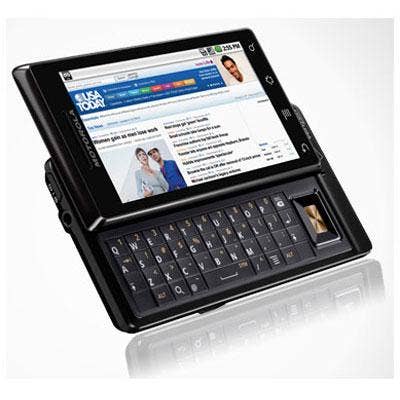
Launched: Nov. 6
The most-hyped of the fall's Android smartphone releases was also, impressively, its most accomplished. Among other features, the Motorola Droid, carried by Verizon, offers a 3.7-inch touchscreen, 5-megapixel camera with autofocus, seven hours of talk time, an OMAP 3430 processor, 512 MB of flash memory, 256 MB of RAM, and a microSD slot expandable up to 16 GB. Most notably, it is the first Android phone to sport Android 2.0, the most recently updated version of Google's mobile OS, which is the bait Google is using to draw top-shelf developers to its Android Market community.
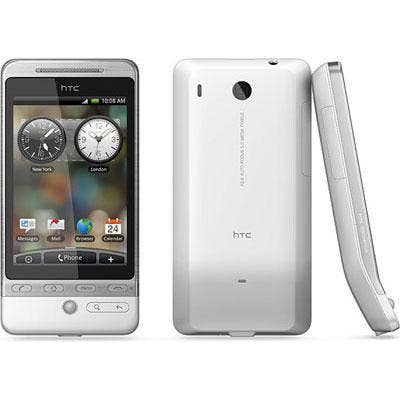
Launched: Oct. 12
Notable in that it's also the first Android smartphone offered through Sprint Nextel, the HTC Hero continued manufacturer HTC's recent run of smartphone successes. It includes a 3.2-inch HVGA touch screen display with pinch-to-zoom capabilities, an embedded GPS, a digital compass, a gravity senosr, a 5-megapixel autofocus camera and an expandable microSD memory slot. It's also the first stateside release from Taiwan-based HTC to include HTC Sense, which allows users to customize their homescreen using a variety of panels and other widgets.
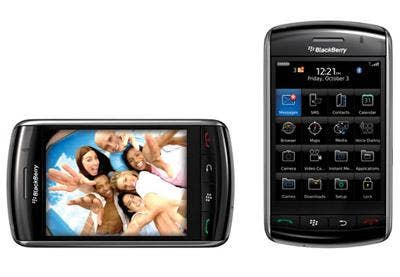
Launched: Oct. 28
The first BlackBerry Storm was supposed to be an all-out triumph for Research In Motion, but the reviews were mixed at best, and no sooner did the original Storm launch than many longtime RIM observers were already looking ahead to the next generation of the device, saying that RIM and Storm's carrier, Verizon, had rushed out a product that needed a few more months in the lab.
The Storm2, which launched this fall, tipped the scales back in favor of BlackBerry fans. For starters, it doubled the original Storm's memory in every area, from onboard media to flash, and retains most of what was good about the first Storm, with a slightly larger form factor, while updating the BlackBerry OS to the snazzy Version 5. Most importantly, however, is the Storm2's improved touch screen, which uses the SurePress technology but instead of the Storm's single button offers separate switches for each quadrant to improve usability. It's a winner.
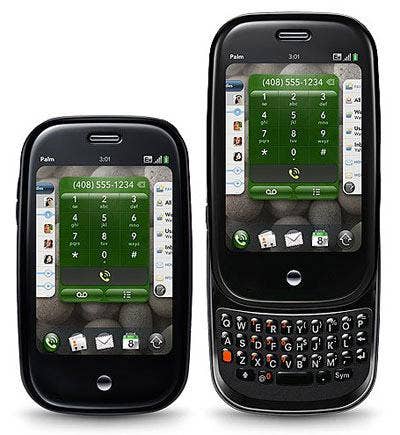
Launched: June. 6 (Pre), Nov. 15 (Pixi)
The Palm Pre's sales haven't been mindblowing: not bad, but not the unimpeachable blockbuster Palm was hoping for to lift its flagging smartphone fortunes. If you put that aside, however, and evaluate the Pre's strengths as a smartphone and not as a potential sales juggernaut, it's a pretty remarkable little handset. Among its best features are Palm Synergy, which aggregates all of a user's messaging feeds -- instant messaging, social networking tools like Facebook and Twitter, and others -- into one integrated interface.
Same goes for the Pixi, which offers a full keyboard, 2.63-inch multitouch display, GPS, 2-megapixel camera and also Palm Synergy. Both phones also advance the ball for WebOS, Palm's much-touted new mobile OS platform.
So why are we cheating a bit and putting them both in the same spot on our year-end review? Well, they're two different phones, sure, but they're also so very similar. It remains to be seen whether launching Palm and Pixi so close together will cannibalize sales of either.
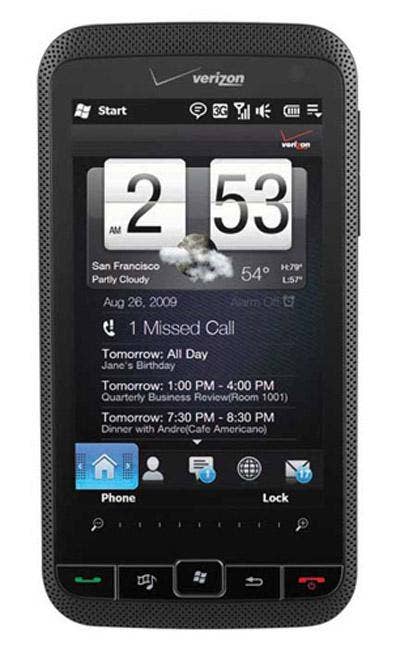
Launched: Oct. 6
HTC's Imagio, a Verizon phone, is the first smartphone to support Verizon's V Cast Mobile TV services and also the first of Verizon's smartphones to run on Microsoft's Windows Mobile 6.5 OS. Called Whitestone while under development, the Imagio can also offer Verizon V Cast Video On Demand and V Cast Music. It includes a 3.6-inch WVGA touchscreen, a 528-Mhz Qualcomm MSM7600 processor, HTC's TouchFlo 3-D interface, and a 5-megapixel camera. Our favorite of this fall's Windows Mobile 6.5 smartphone releases.
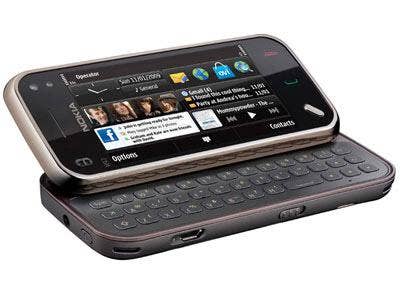
Launched: Oct. 28
Nokia's had a rough year on a number of fronts, but the N97 Mini added to the impressive collection of smartphones that have come out in the past two years from (still) the world's number one handset vendor. Earlier in the year came Nokia's N97, and at Nokia World this summer, it launched a scaled-down N97 Mini that was the first Nokia device to feature Lifecasting with Ovi, allowing users to update their Facebook status direct from the N97 Mini's home screen and store location information. Among other attributes, the N97 Mini offers 8 GB of storage, a 3.2-inch touch screen and full QWERTY keyboard, and offers the same tilt display as the larger N97.
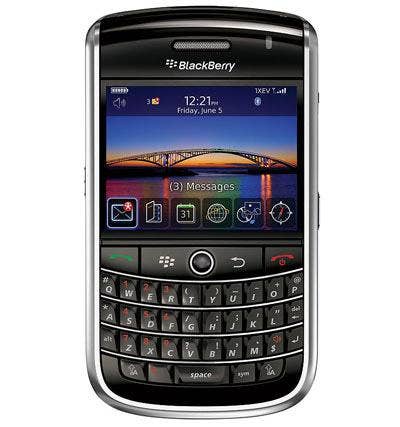
Launched: June 16
The BlackBerry Tour 9630 came to life in a big way this past summer, with support for CDMA and GSM, including EV-DO and HSPDA. It's a little smaller than BlackBerry Bold, BlackBerry Curve 8900 and and other RIM BlackBerry units, but it packs a wallop with a 3.2-megapixel camera with variable zoom, GPS and BlueTooth connectivity, 16 GB of storage with a microSD/SDHC card, voice-activated dialing, background noise cancellation features, preloaded DataViz Documents to Go, and integration with BlackBerry Enterprise Server for security and other features from IBM Lotus Domino, Microsoft Exchange and Novell GroupWise environments. Plus, there's the now-requisite social networking access, and the Tour includes Facebook, MySpace, Flickr and instant messaging services both RIM (BlackBerry Messenger) and non (AIM, Google Talk, Windows Live Messenger, etc).
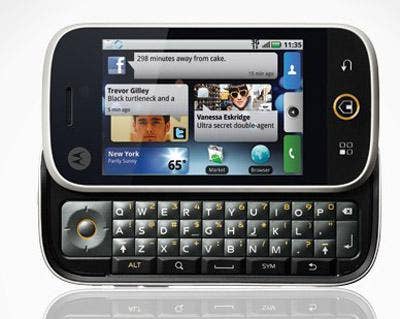
Launched: Oct. 19
The Cliq was Motorola's other big Android phone launch this fall, and it's perhaps most notable for the inclusion of MotoBlur, essentially a customizable Android skin for the handset. The Cliq has a 3.1-inch touchscreen with QWERTY slider keyboard, a 5-megapixel camera with autofocus, up to 6 hours of battery talk time, Wi-Fi, Bluetooth, GPS, a Qualcomm MSM7201A, 528 MHz processor and 256 MB and a micro SD slot expandable up to 32 GB capacity. Yowza.
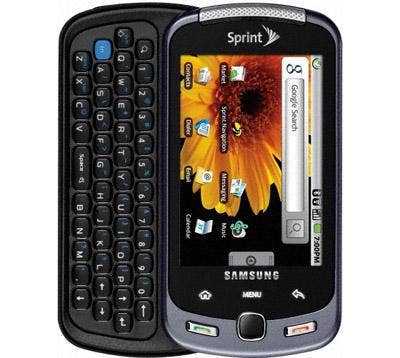
Launched: Nov. 1
More Android action, again on Sprint. Samsung's slick Moment offers an 800 Mhz processor, 3.2-inch AMOLED screen, an optional trackpad, a 3.2-megapixel camera and built-in Google search, Google Maps, Gmail and the other Google features enabled by Android. Samsung's had a number of fine smartphones drop this year, but the Moment was the one that kept our attention best.
For more smartphone fun, take a look at some of our recent roundups:
Smartphone Season: 25 Hot Handhelds For Fall
From Droid to Hero, Android Phones Are Hot, Hot, Hot
The Best Products of 2009